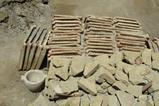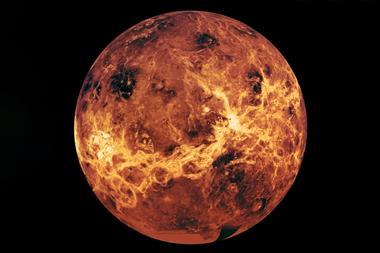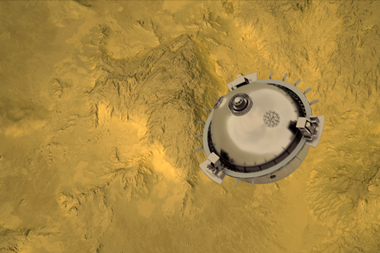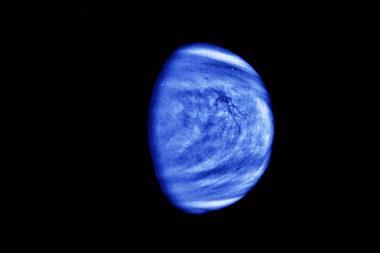The clouds of sulfuric acid in the Venusian atmosphere are not as corrosive to biopolymers as planetary scientists had assumed. RNA and DNA bases were found to be stable in sulfuric acid at the temperatures present in the planet’s clouds, a study has shown.
The surface of Venus is a blistering 462°C, hot enough to melt lead and obliterate organic molecules. But its skies are blanketed in continuous cloud at temperatures between 30°C and 70°C, which has encouraged speculation about whether life exist up there. However, these clouds are composed of sulfuric acid that are orders of magnitude more acidic than any environment on Earth that can harbour life.
‘In planetary science, people are pretty certain that complex biomolecules cannot survive in sulfuric acid,’ says Sara Seager, a planetary scientist at the Massachusetts Institute of Technology, who led the research. For life to exist, the researchers reasoned, complex organic chemistry must be capable of forming informational biopolymers.
All naturally occurring nucleic acid bases were shown to be stable in sulfuric acid at concentrations ranging from 80% to 98% at room temperature. An adenine-like compound used by some viruses, 2,6-diaminopurine, was also stable, meaning no detectable reactivity or degradation after incubation in sulfuric acid for up to two weeks.
‘Many planetary scientists will be astonished, but chemists might not be that surprised,’ says Seager. Her report notes that oil refining relies on concentrated sulfuric acid to process crude oil, yielding organic compounds, including aromatic molecules.
Though the ribose phosphate backbone of DNA is vulnerable to sulfuric acid degradation, the US researchers will now seek a more stable compound with similar characteristics to support the idea that concentrated sulfuric acid on Venus could support life.
Several space agencies are planning missions to Venus in the coming years, some of which will be able to analyse its clouds for signs of life and return samples from the planet’s atmosphere.
References
S Seager et al, Proc. Natl. Acad. Sci. USA, DOI: 10.1073/pnas.2220007120

















No comments yet